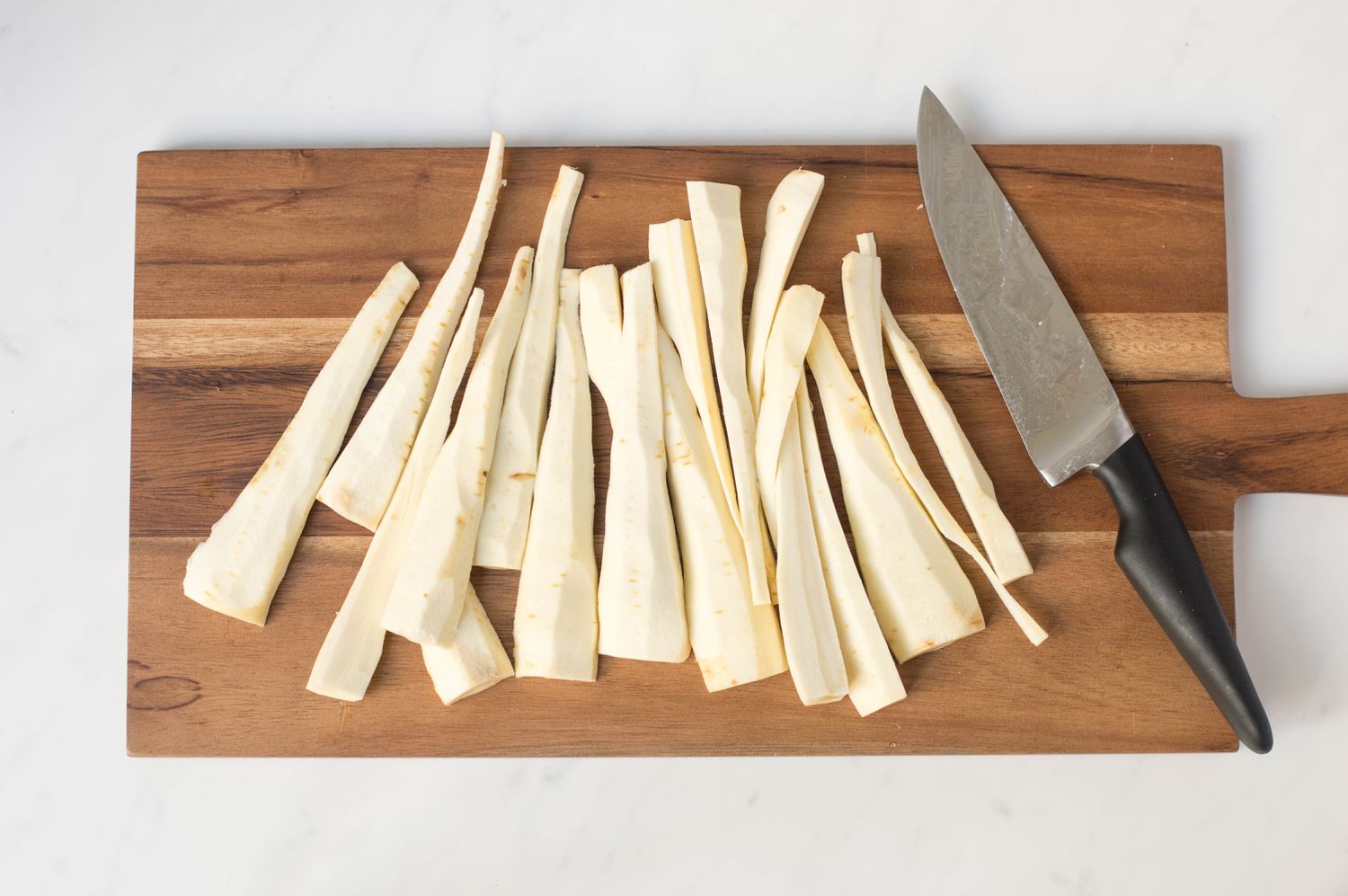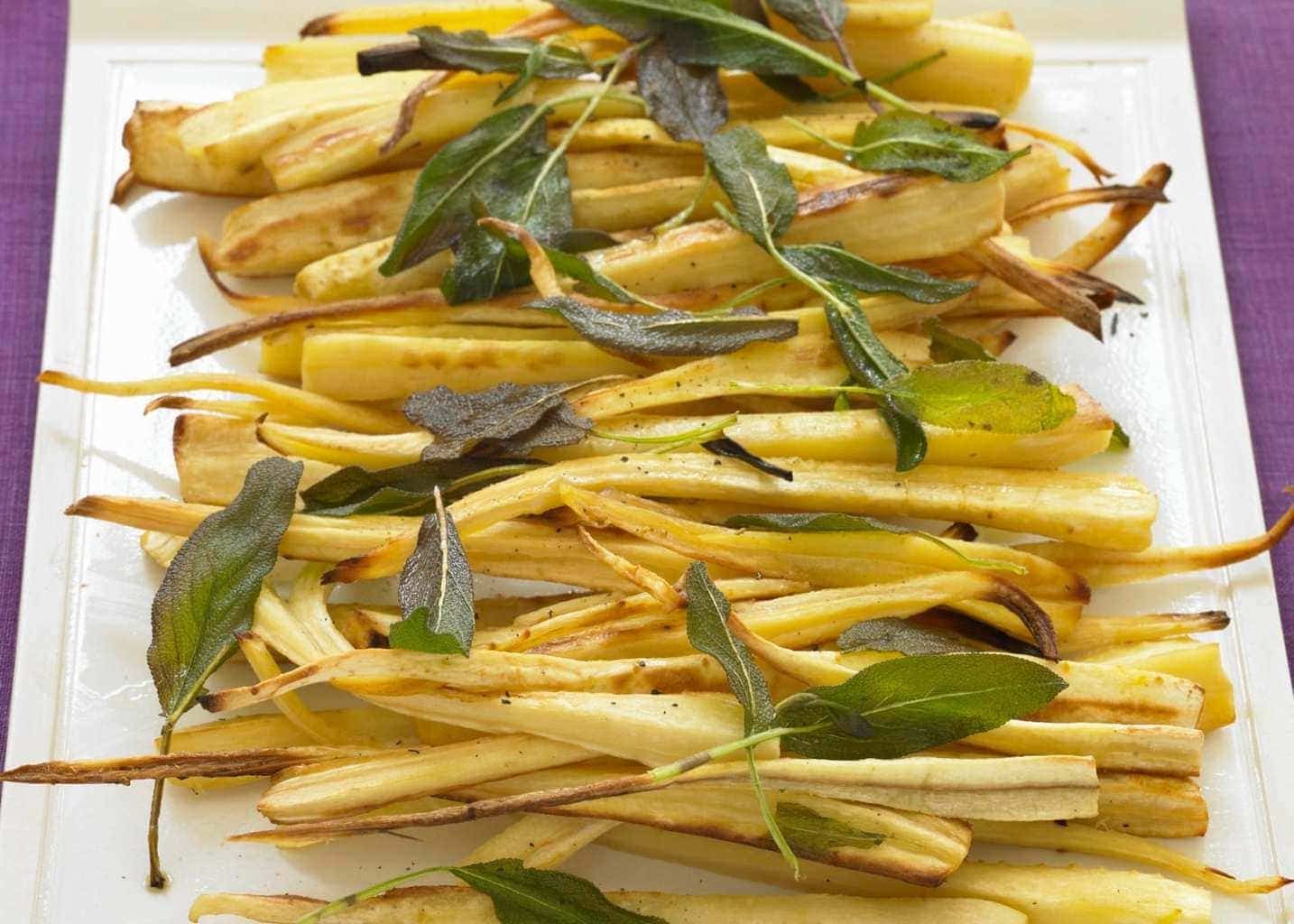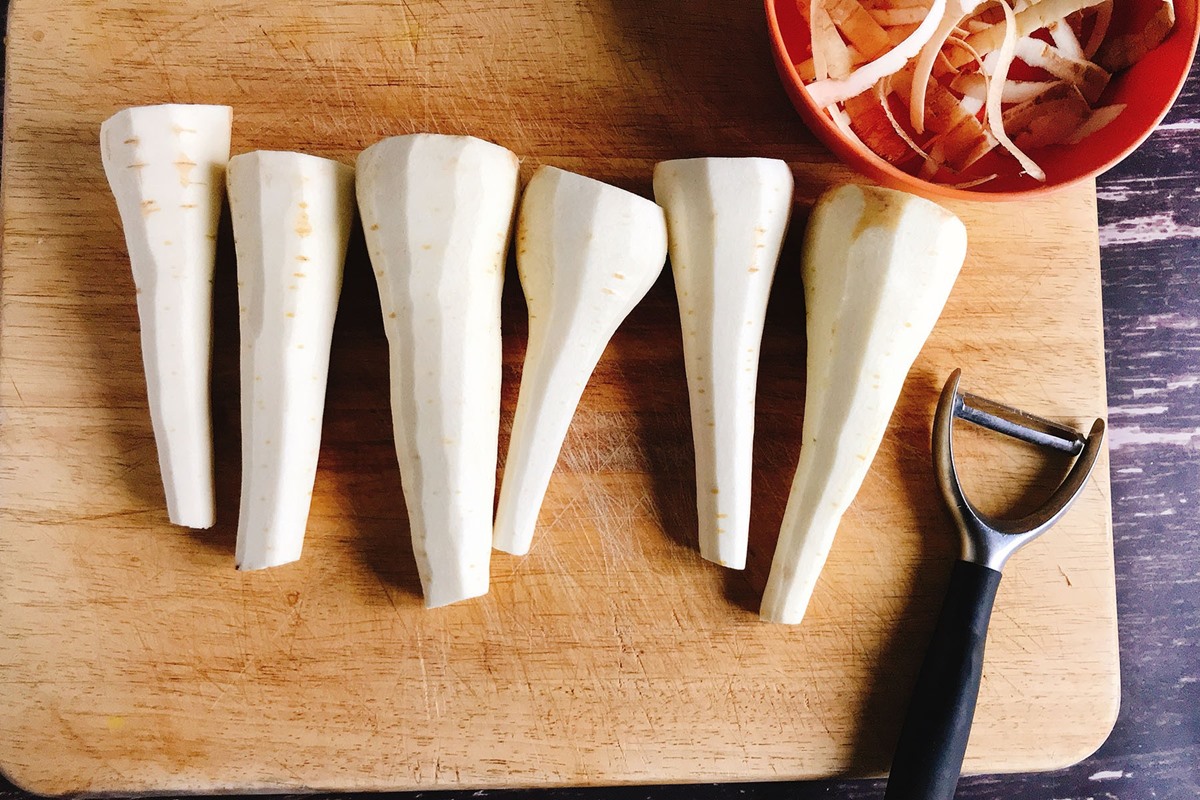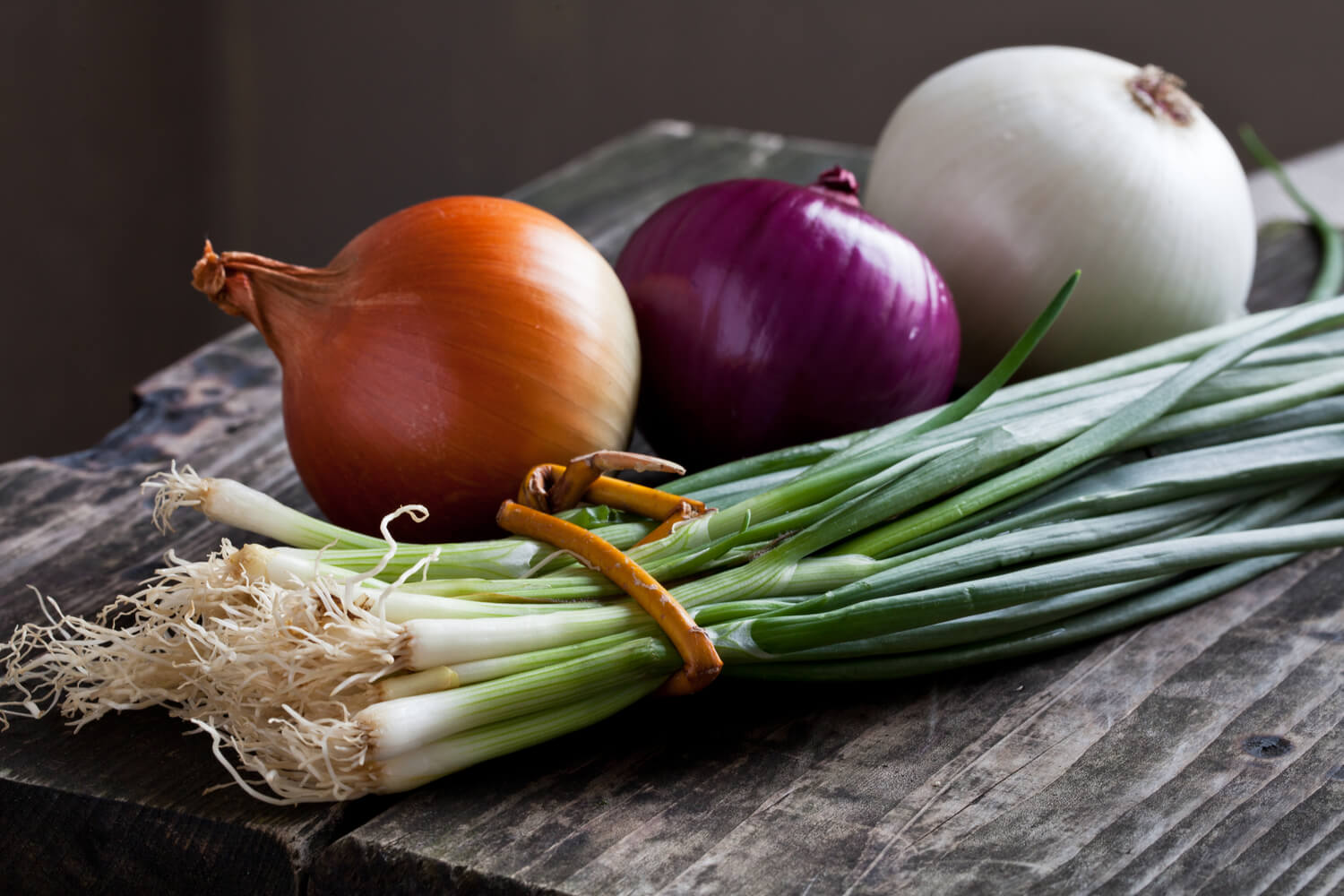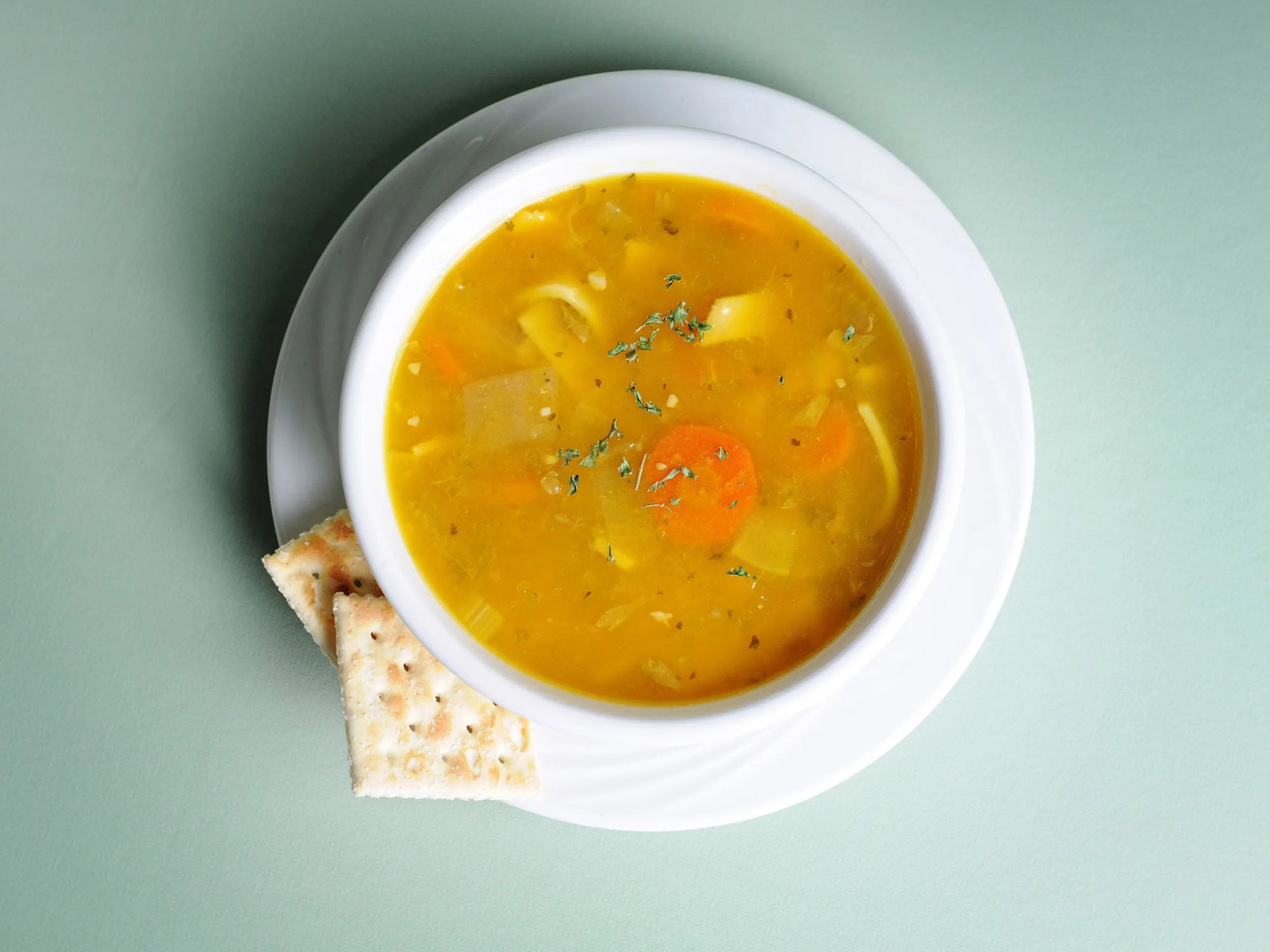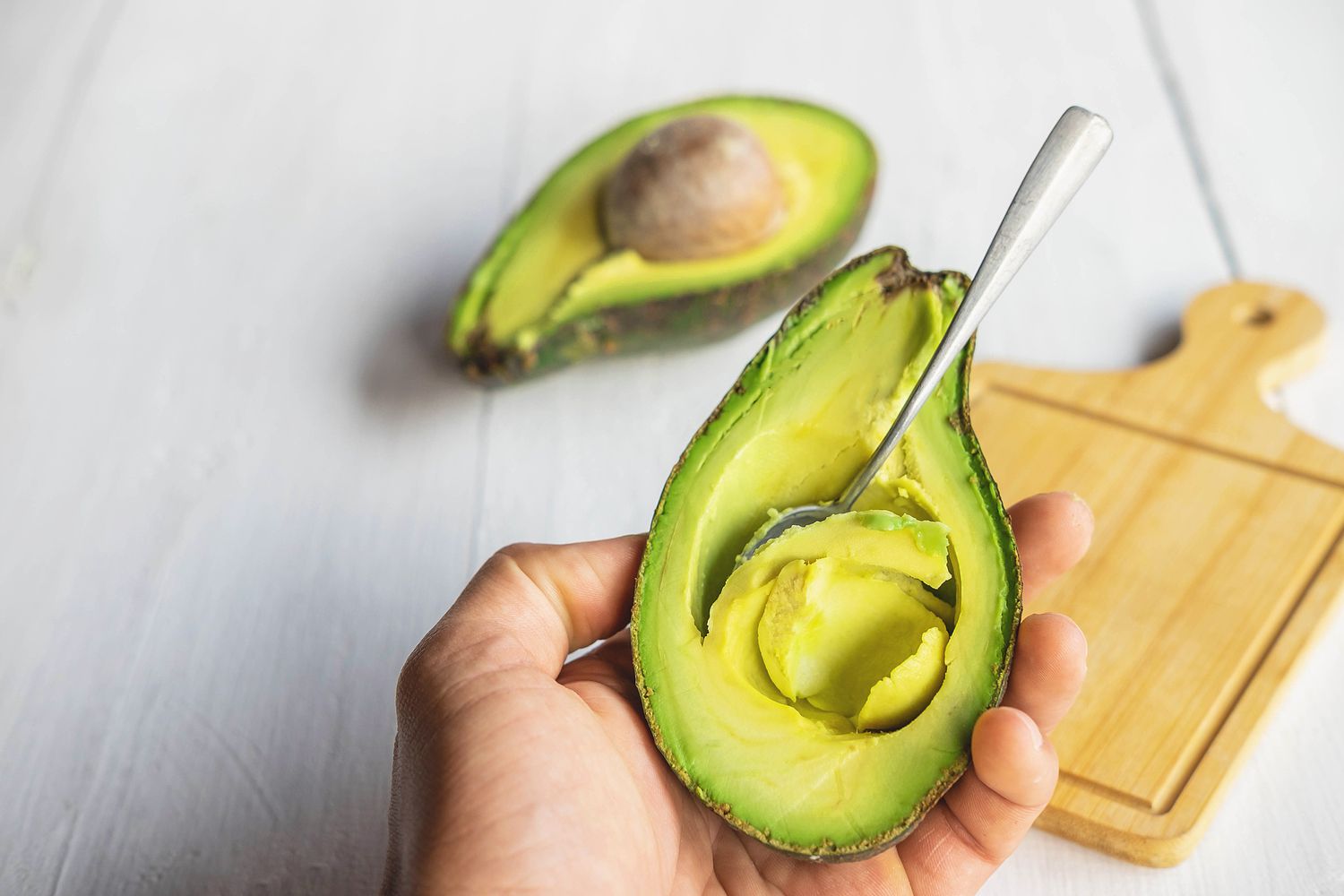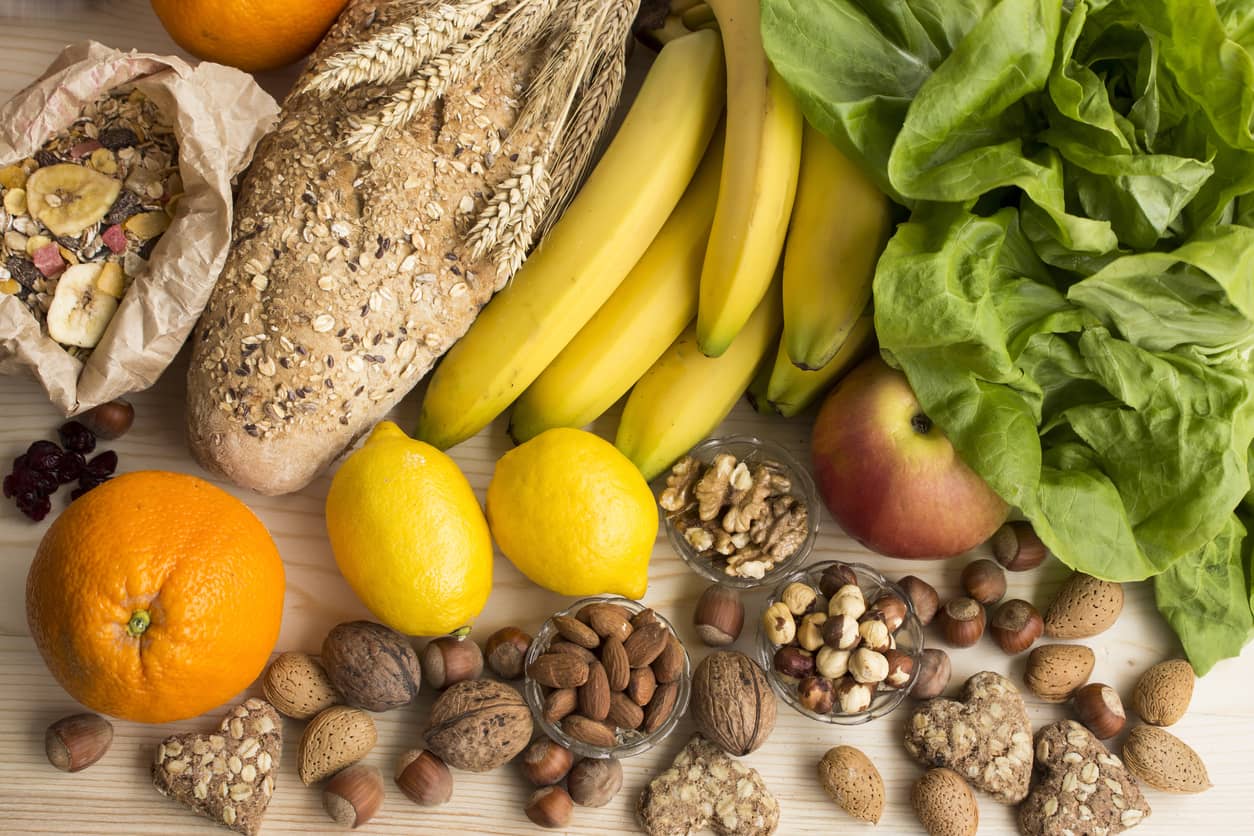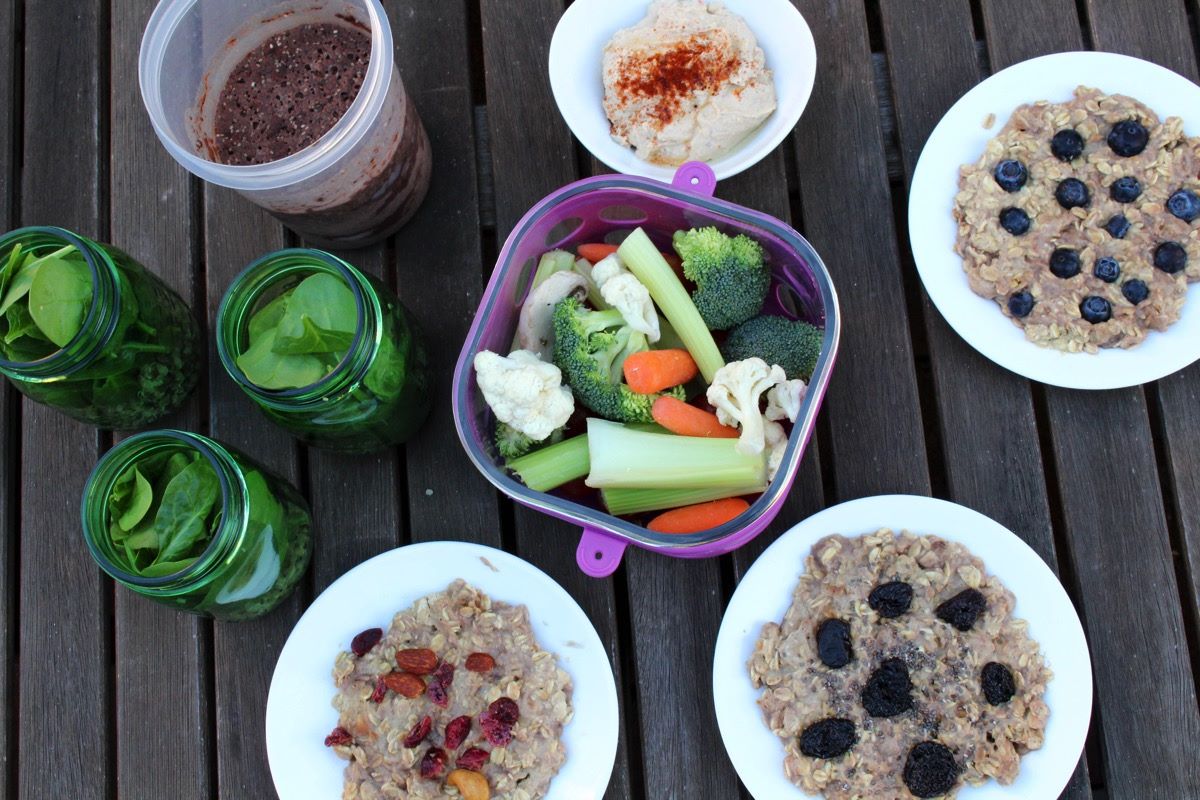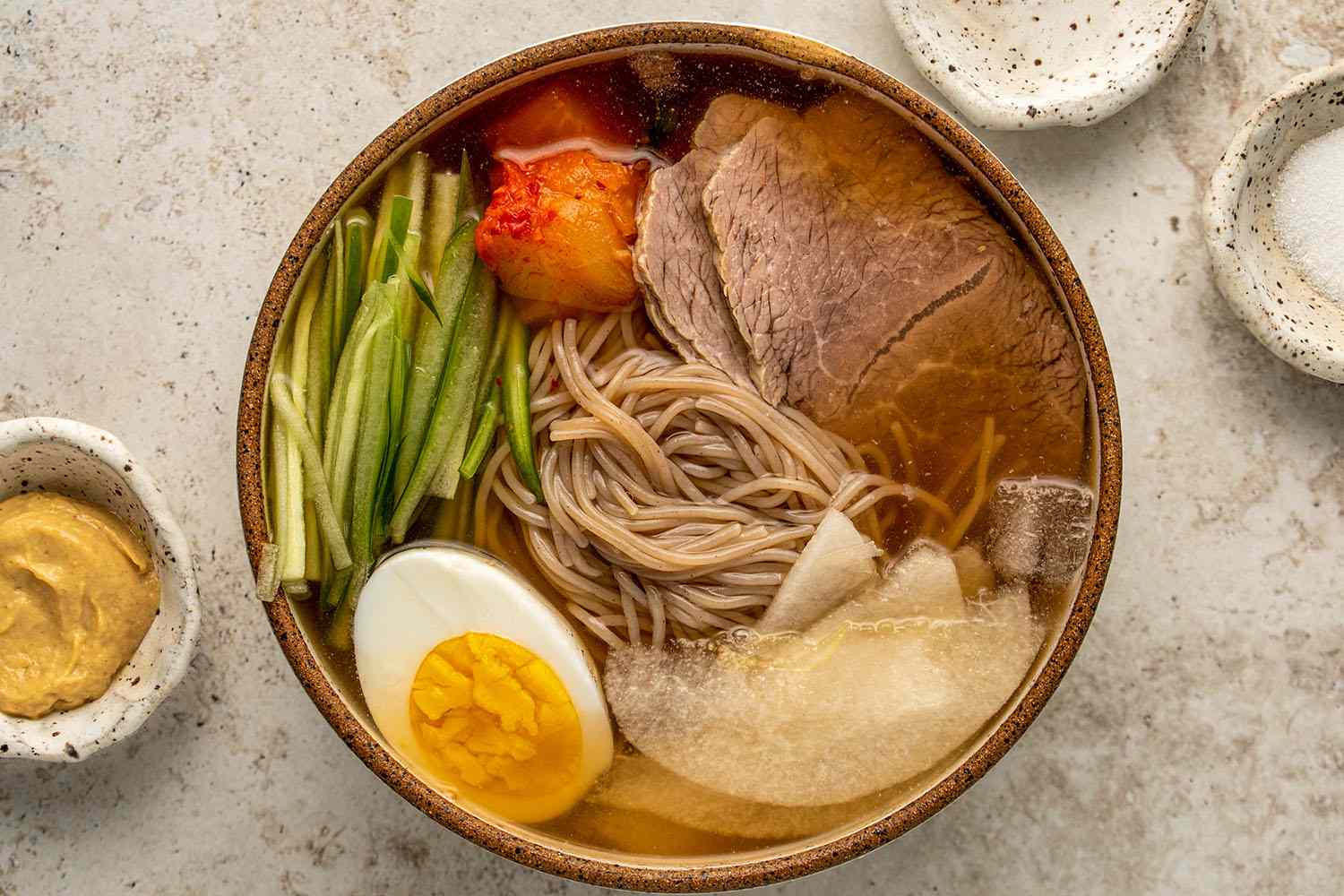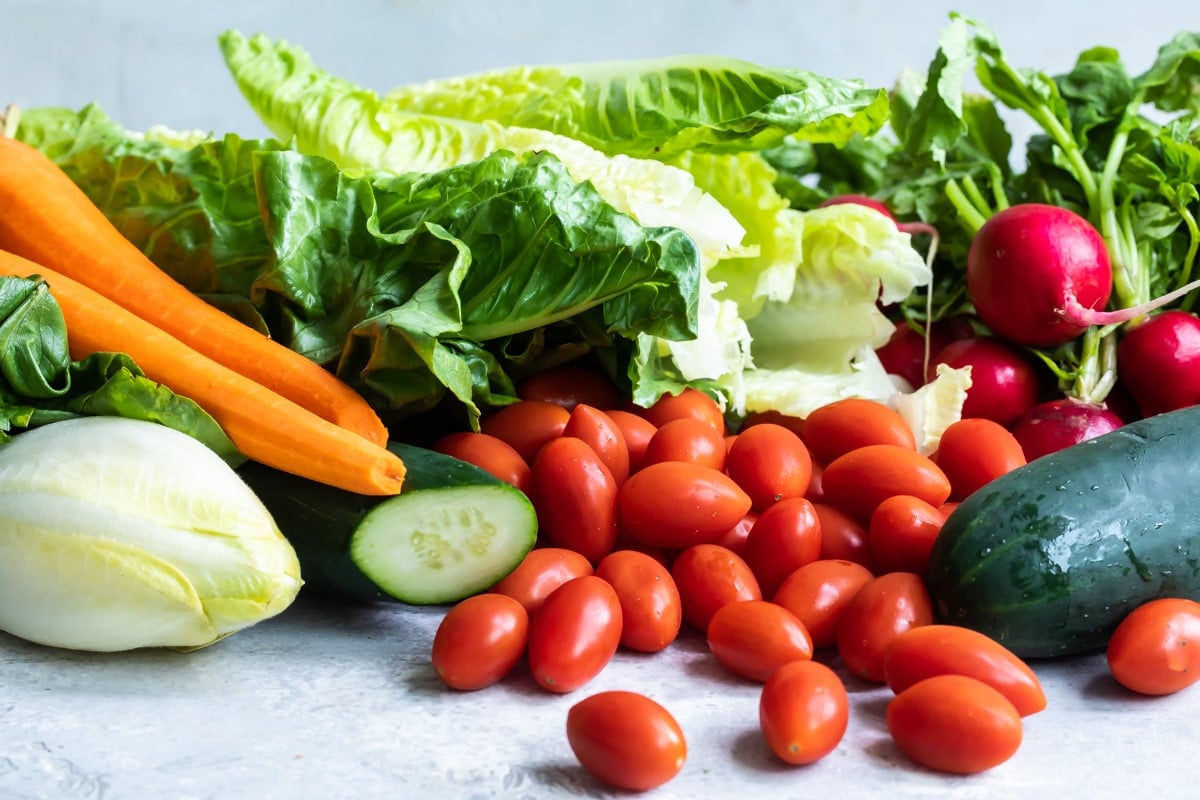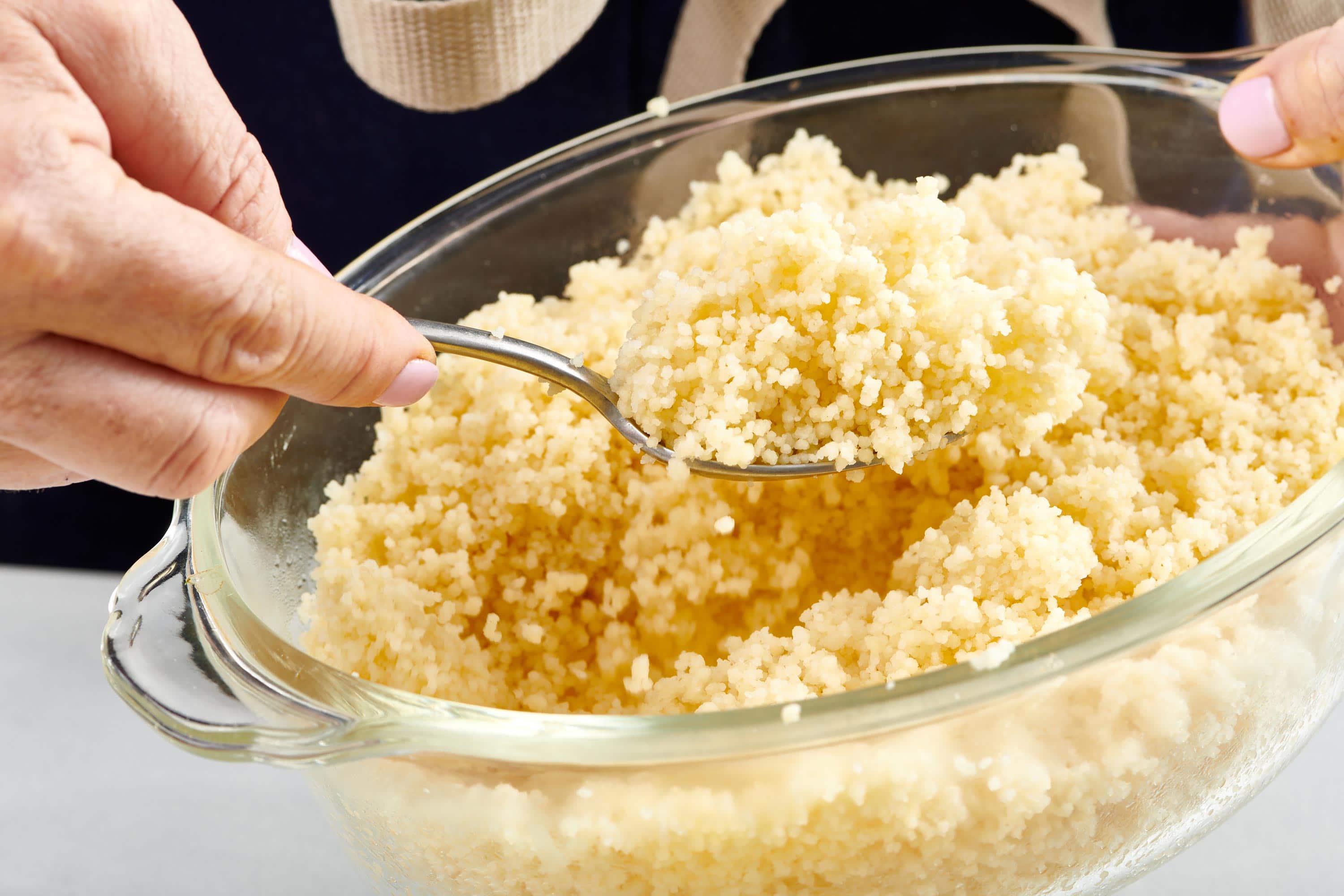Discover the Delicious and Nutritious Benefits of Parsnip Leaves
When it comes to enjoying the full potential of parsnips, most people focus solely on the root. However, the leaves of the parsnip plant are not only edible but also packed with nutrients and flavor. In this article, we will explore the various ways to incorporate parsnip leaves into your diet and reap their many benefits.
Understanding Parsnip Leaves
Parsnip leaves, also known as greens, are the leafy green tops of the parsnip plant. They are often overlooked but are a valuable source of essential nutrients, including vitamins A, C, and K, as well as dietary fiber and antioxidants. Incorporating these nutrient-rich leaves into your meals can provide a flavorful and healthful addition to your diet.
Ways to Enjoy Parsnip Leaves
There are several creative and delicious ways to incorporate parsnip leaves into your culinary repertoire. Here are some ideas to get you started:
- Salads: Tossing parsnip leaves into your favorite salads can add a peppery and slightly sweet flavor, along with a nutritional boost.
- Smoothies: Blend fresh parsnip leaves into your morning smoothie for an added dose of vitamins and antioxidants.
- Sauteed Greens: Sautéing parsnip leaves with garlic and olive oil makes for a simple and tasty side dish that pairs well with a variety of main courses.
- Pesto: Use parsnip leaves as a flavorful alternative to traditional basil in a homemade pesto sauce. The unique taste will add depth to your pasta dishes and sandwiches.
The Health Benefits of Parsnip Leaves
In addition to their delicious flavor, parsnip leaves offer a range of health benefits. Here are some of the key advantages of incorporating these nutrient-packed greens into your diet:
- Vitamin A: Parsnip leaves are rich in vitamin A, which is essential for maintaining healthy vision, skin, and immune function.
- Vitamin C: The high vitamin C content in parsnip leaves can help support a healthy immune system and promote collagen production for skin health.
- Vitamin K: This nutrient is crucial for blood clotting and bone health, making parsnip leaves a valuable source of vitamin K.
- Antioxidants: The antioxidants found in parsnip leaves help protect the body from oxidative stress and inflammation, potentially reducing the risk of chronic diseases.
- Dietary Fiber: Including parsnip leaves in your diet can contribute to your daily fiber intake, supporting digestive health and regularity.
Harvesting and Storing Parsnip Leaves
If you’re growing your own parsnips, harvesting the leaves is a simple process. When the leaves are young and tender, simply snip them off the plant, leaving a few inches of growth to encourage continued leaf production. Store the leaves in the refrigerator, where they will stay fresh for several days.
Final Thoughts
As you can see, parsnip leaves are not only edible but also offer a wealth of nutritional benefits and culinary possibilities. Whether you choose to add them to salads, smoothies, or sautés, incorporating these nutrient-packed greens into your diet is a simple and delicious way to enhance your overall well-being. So, the next time you’re preparing a meal with parsnips, don’t discard the leaves—embrace them as a valuable and flavorful addition to your culinary creations.
Exploring More: Delicious Recipes and Creative Uses for Parsnip Leaves
After learning how to eat parsnip leaves, why not put that knowledge to practical use with some delightful recipes? For those eager to experiment, the Parsnip Leaf Pesto Pasta offers a classic twist with a green infusion, making it a must-try for pasta lovers. For a nourishing meal, the Parsnip Leaf Quinoa Salad is packed with nutrients and flavors that satisfy. If you’re in the mood for something warm and comforting, the Creamy Parsnip Leaf Potato Soup is a creamy delight perfect for chilly evenings. Each recipe is crafted to enhance your culinary skills while utilizing parsnip leaves in innovative and tasty ways.
